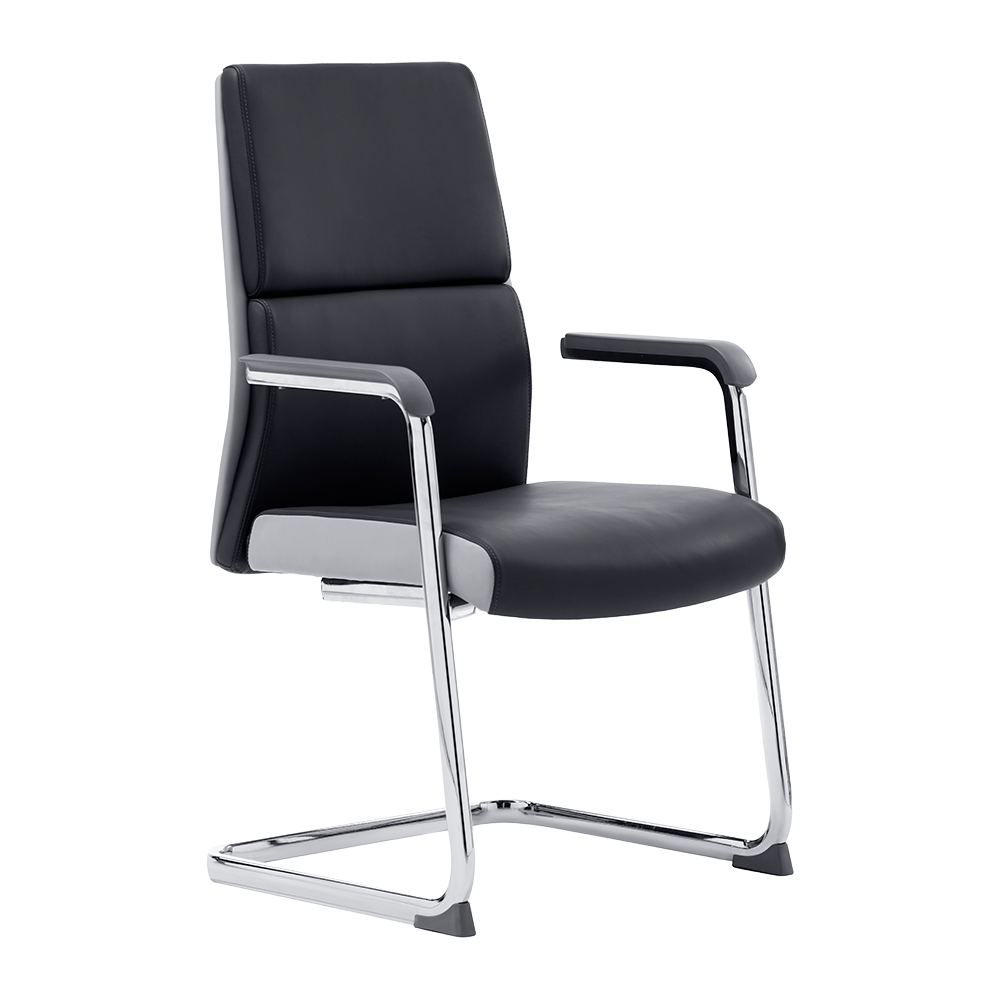2024-08-15
The design of conference chairs has evolved significantly over the years, reflecting changes in both aesthetic preferences and ergonomic research. Initially, conference chairs were primarily functional, focusing on basic comfort and durability. Early designs often featured heavy, wooden frames and simple, cushioned seats. These chairs were durable but lacked the ergonomic considerations that modern users expect today.
As the workplace environment evolved and office design became more sophisticated, so too did the design of conference chairs. The introduction of new materials, such as PU leather and chrome metal, marked a significant shift. The Black PU Conference Chair with a chrome metal base exemplifies this evolution. This chair combines modern aesthetics with advanced functionality, representing a departure from traditional designs. The use of PU leather, a synthetic alternative to genuine leather, offers a sleek, professional appearance while being easier to clean and maintain. High-density foam padding enhances comfort, making it ideal for extended meetings.

The chrome metal base not only provides a contemporary look but also contributes to the chair’s stability and durability. This reflects a broader trend where materials are selected not just for their appearance but also for their practical benefits. Ergonomic features, such as well-contoured backrests and padded seats, have become standard in modern conference chairs, addressing the long-term comfort and health of users.
The shift towards incorporating advanced materials and ergonomic design in conference chairs aligns with a broader movement towards improving workplace environments. Modern conference chairs, like the Black PU model, are designed not just to serve a functional role but also to enhance the overall aesthetic and comfort of professional spaces. This evolution mirrors changing attitudes toward workplace comfort and design, emphasizing that even the most utilitarian items can be both stylish and supportive.